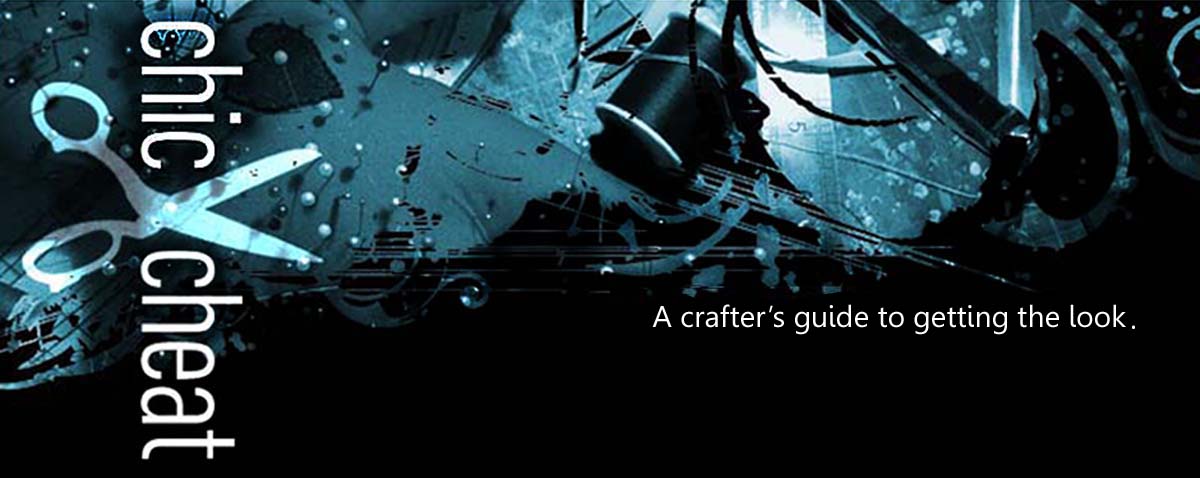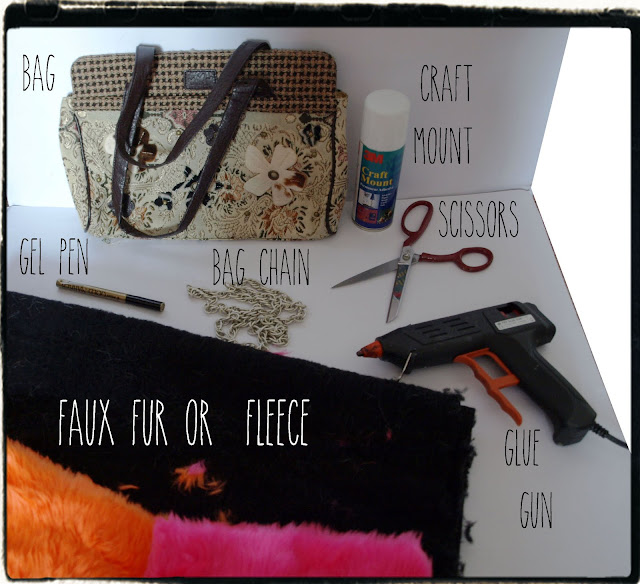During the recent and truly welcome long weekend away at my parents' house, I found a few 'ladies' hidden treasures' lurking on the dressing table of my old bedroom - a collection of five miniature vintage perfumes bequeathed to me by my parents when I was a young child and played with Barbie dolls, or some such. Honestly, I don't recall exactly what their uses were but I do remember being fascinated by them, to the point of fighting over them with my sister copious times, which is really as much of a coup as small childhood novelties can achieve!
I decided to take a closer look at the trinkets I fawned over whilst playing 'shops' and a session of cursory internet research told me all I needed to know - it was a veritable vintage tour de force!
Scents of place
Balenciaga CialengaYear: 1973
Created by: Jacques Jantzen
Mood: Aloof, witty and sophisticated. It's from the chypre family and sports a distinctive balance of green, spice and wood with a dry, acrid sophistication.
Notes:
Top: citrus, black currant,green notes
Heart: iris, jasmine, ylang-ylang, clove, tincture of rose and lily
Base: Vetiver, sandalwood, patchouli, oakmoss and Virginia cedar.
Think: The wit, sophistication and shady past of an icy Hitchcockian heroine.
Emilio Pucci Vivara
Year: 1967
Designed by: Pochet and Courval
Mood: We have another chypre here - specifically classic chypre - with a dense, dusty, powerful scent, like many from the decade.
Notes: cypress, iris, peppers and labdanum.
Gres Cabochard
Year: 1959
Created by: Bernard Chant
Mood: Just to give you an idea, 'cabochard' is French for 'headstrong' or 'stubborn,' so while you can expect no whiff of a wilting, shrinking violet from this one, there's no compromise on feminine elegance. This one's also a chypre (you might be starting to see a pattern emerging!) so, although bold by nature, the demure sophistication still remains intact.
Notes:
Top: Aldehydes, citrus, fruit and spice accents
Heart: Jasmine, rose, geranium, ylang-ylang, orris
Base: Patchouli, amber, vetiver, castoreum, moss, musk
Think: A 'lady of the night' with sweet floral notes beneath a demure smoky veil.
Pierre Cardin Paradoxe
Year: 1983
Designed by: Serge Mansau
Mood: As the name suggests, it's a contrast of sweet and sour scents against a castoreum-rich animalic-leather base with lush florals in between. Funnily enough, it's another chypre. 'Sultry' is definitely the word for this one.
Notes:
Top: Aldehydes, bergamot, green note, spicy note, gardenia.
Heart: Jasmine, orris, rose, carnation, tuberose, ylang-ylang.
Base: Leather, sandalwood, moss, patchouli, cistus, castoreum, civet, musk.
Think: Charlotte Rampling.
Chanel Ma Griffe
Year: 1946
Mood: Bold, green and comforting with a dangerous streak - it must be the cinnamon!
Notes:
Top: Aldehydes, clary sage, galbanum, bergamot.
Heart: Gardenia, jasmine, ylang-ylang, rose.
Base: Cinnamon, tonka bean, vetiver.
Think: The name translates as 'my claw' so a touch of surprise and sting in the tail, as well as a devil-may-care abandon.
Imagine what collectables you might have hidden away in the deep forgotten recesses of your home, and what you might just find out about them. In my case, it was thanks to these rather awesome perfume blogs that I was able to look back at mementoes of my childhood from a whole new angle.



























 In an attempt to replicate the neo-grunge brand of street style typically associated with the cool kids on the blogging circuit, I got sidetracked and found myself channelling Dalston-hipster-does-normcore, with a muted palette betrayed by a Japanese-style embroidered bomber jacket, a glam visor, bold geometric sunglasses, pyramid eyes and chunky cut out sandals. At least that was the look I was going for, as wrapped up as I was in it at the time. Indeed, as far as wrapping up is concerned, I should possibly heed the Virginia Woolf quote that "Clothes have...more important offices than to merely keep us warm. They change our view of the world and the world's view of us" if I am to enter normcore's sartorial psyche. The look/ trend/ subculture/ lifestyle/ conceptual re-evaluation of humanity does revolve around a discipline I'm really not used to: caring what other people think. All doubts aside, I probably should 'rock the look' with more conviction if I am to claim the authority on trend-setting associated with fashion bloggers. So, here it is, my darkly comfortable ode to normcore, or brand new take on it, or something!
In an attempt to replicate the neo-grunge brand of street style typically associated with the cool kids on the blogging circuit, I got sidetracked and found myself channelling Dalston-hipster-does-normcore, with a muted palette betrayed by a Japanese-style embroidered bomber jacket, a glam visor, bold geometric sunglasses, pyramid eyes and chunky cut out sandals. At least that was the look I was going for, as wrapped up as I was in it at the time. Indeed, as far as wrapping up is concerned, I should possibly heed the Virginia Woolf quote that "Clothes have...more important offices than to merely keep us warm. They change our view of the world and the world's view of us" if I am to enter normcore's sartorial psyche. The look/ trend/ subculture/ lifestyle/ conceptual re-evaluation of humanity does revolve around a discipline I'm really not used to: caring what other people think. All doubts aside, I probably should 'rock the look' with more conviction if I am to claim the authority on trend-setting associated with fashion bloggers. So, here it is, my darkly comfortable ode to normcore, or brand new take on it, or something!












 With Kenzo once again claiming the honour of the go-to piece for street fashion snaps with their eye prints and motifs, my first thought was: what to do to make the look my own? After eschewing the standard fare of shorts and satchels, the swing dress was the piece that set the mood and inspired the concept: kaleidoscopic retro with tribal overtones. I worked with a palette of blacks, blues and reds to emphasise the jagged stars and stitch detailing, and to draw attention to the details and centre piece. A psychedelic selfie? The eyes have it!
With Kenzo once again claiming the honour of the go-to piece for street fashion snaps with their eye prints and motifs, my first thought was: what to do to make the look my own? After eschewing the standard fare of shorts and satchels, the swing dress was the piece that set the mood and inspired the concept: kaleidoscopic retro with tribal overtones. I worked with a palette of blacks, blues and reds to emphasise the jagged stars and stitch detailing, and to draw attention to the details and centre piece. A psychedelic selfie? The eyes have it!






